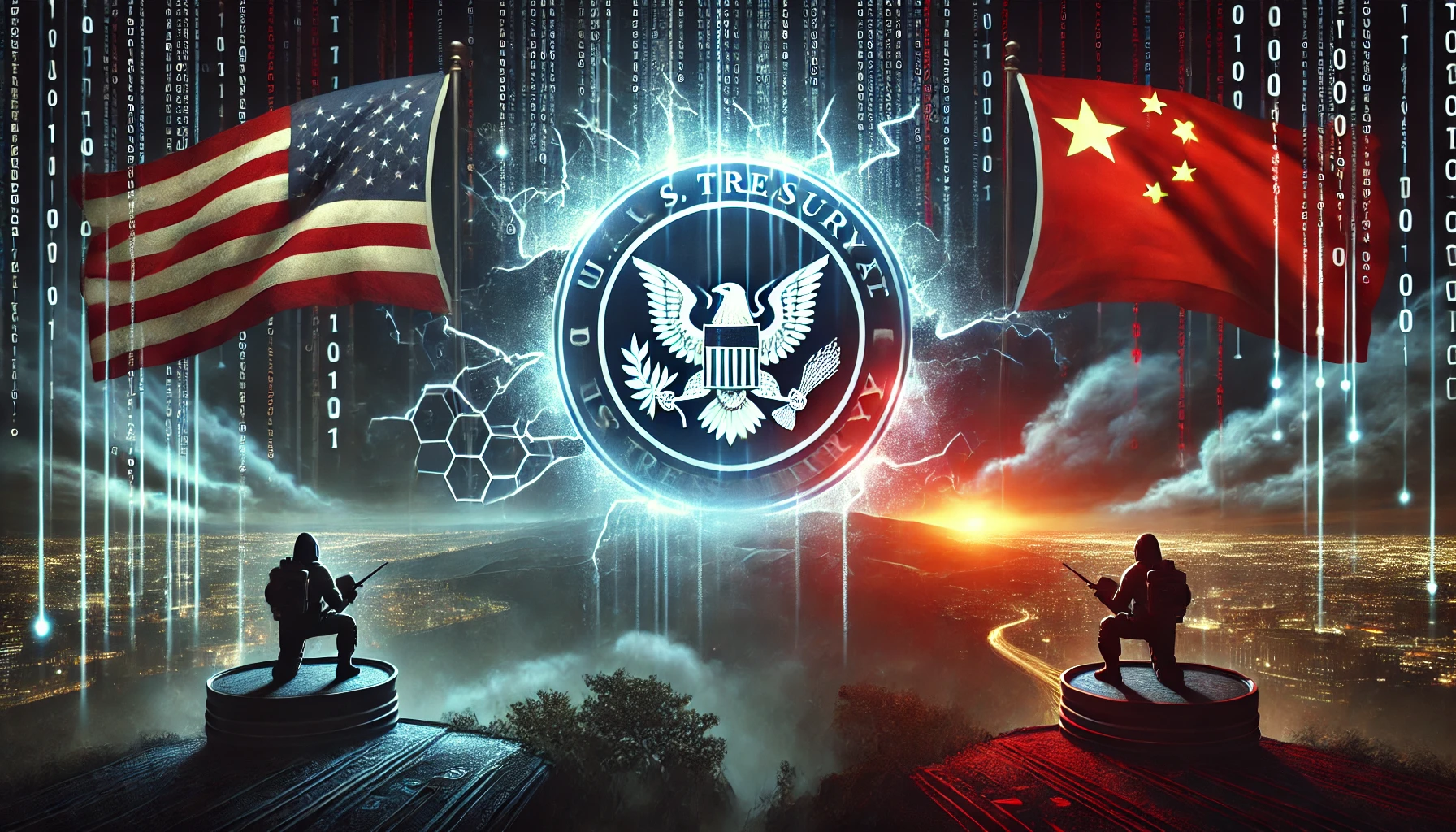In early December 2024, the U.S. Treasury Department fell victim to a significant cybersecurity breach attributed to a Chinese state-sponsored Advanced Persistent Threat (APT) actor. The highly sophisticated intrusion was facilitated through a recently compromised remote support solution deployed by a third-party vendor.
Discovery of the Breach
BeyondTrust detected abnormal activity within its internal networks on December 2nd. By the 5th, the cybersecurity firm had confirmed a security incident affecting several of its cloud-based Remote Support as a Service customer. The attackers had leveraged a stolen API authentication key to reset local application credentials systematically, stealthily gaining unauthorized access. BeyondTrust promptly revoked the compromised credentials, alerted all impacted clients, and suspended the associated cloud instances.

On December 8th, BeyondTrust informed Treasury officials that the APT actors had stolen an authentication token used to secure a specific cloud-hosted remote technical support service. This exposed a critical vulnerability that enabled the adversaries to covertly access employee workstations department-wide and extract dozens of classified documents. The breach exposed serious deficiencies in the Department’s third-party risk management practices and cloud security protocols.
Attribution and Response
The Treasury Department disclosed that the Cybersecurity and Infrastructure Security Agency (CISA) and Federal Bureau of Investigation (FBI) had attributed the recent intrusion to an advanced persistent threat affiliated with the Chinese state. Aditi Hardikar, Assistant Secretary for Management, characterized the incident as “a major cybersecurity issue.” She stated, “Based on available evidence, the event has been tied to a China state-sponsored Advanced Persistent Threat (APT) actor.”
To prevent further unauthorized access, the compromised BeyondTrust service was dismantled. The Treasury Department affirmed there is no proof the malicious actor retained admission to its frameworks or intelligence. Moreover, the department is crafting an extra report, which is necessary under the Federal Information Security Modernization Act, to be offered within one month.
China’s Denial
The Chinese foreign ministry firmly denied any part in the cyber incident. The spokesperson for the Chinese embassy in Washington asserted
“China strongly opposes the United States’ unsupported smear campaigns against China.”
This refusal aligns with Beijing’s consistent rejection of claims regarding state-backed digital espionage.

Implications and Ongoing Investigations
This hack is one in a pattern of digital breaches targeting American federal agencies and critical infrastructure. Previously in 2024, Chinese actors were reported to have accessed the private communications of several U.S. political figures and public servants, heightening issues about coordinated intelligence efforts by China.
Treasury highlighted its commitment to bolstering cybersecurity safeguards. The representative affirmed
“The Treasury Department takes all threats to our systems and protected data very seriously. Over the past four years, Treasury has substantially reinforced its digital defenses.”
BeyondTrust also took action to address the vulnerabilities exploited during the incident. The firm pinpointed and remedied core flaws in its Remote Support SaaS and Privileged Remote Access products. In a statement, BeyondTrust noted,
“On December 5th, 2024, a root cause review of a Remote Support SaaS issue found an API key for Remote Support SaaS had been compromised.”
Summing Up
The recent cyber intrusion at the Treasury Department highlights persistent risks from state hacker teams, attributing the breach to China, though disputed, shows cyber threats’ tangled ties to geopolitics. These warning signs stress maintaining staunch security and watchfulness to safeguard sensitive data and national resources.
Some facts emerged about the hack’s long preparation. Elsewhere, software updates and firewalls grew lax. Overall the attack proved cyber dangers lurk wherever underguards weaken despite denying outside involvement, all nations must prioritize cyberdefense or risk future assaults.
FAQs
1. Who is blamed for the breach, and what is China’s response?
The American Department of the Treasury holds a Chinese cyber group sponsored by the government responsible. However, China denies these unfounded accusations, calling them baseless and without merit.
2. How did the attackers gain access?
They exploited a vulnerability in BeyondTrust’s software by utilizing a compromised API key to access ordinary workstations containing non-classified information.
3. What actions are being taken to address the breach?
The Treasury is collaborating extensively with bodies such as the Cybersecurity and Infrastructure Security Agency (CISA), the Federal Bureau of Investigation (FBI), and other pertinent government agencies. The compromised service remains offline as officials conduct a thorough investigation. A detailed report on the incident and response measures will be released within the next 30 days.



















































































































